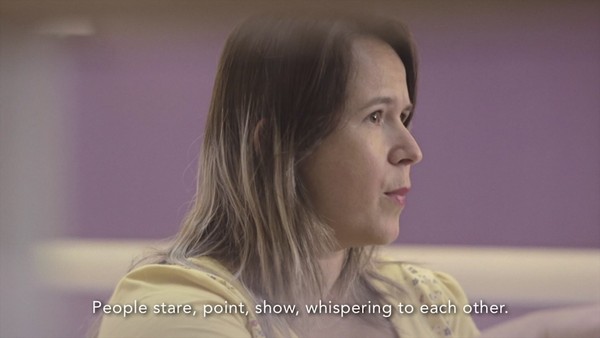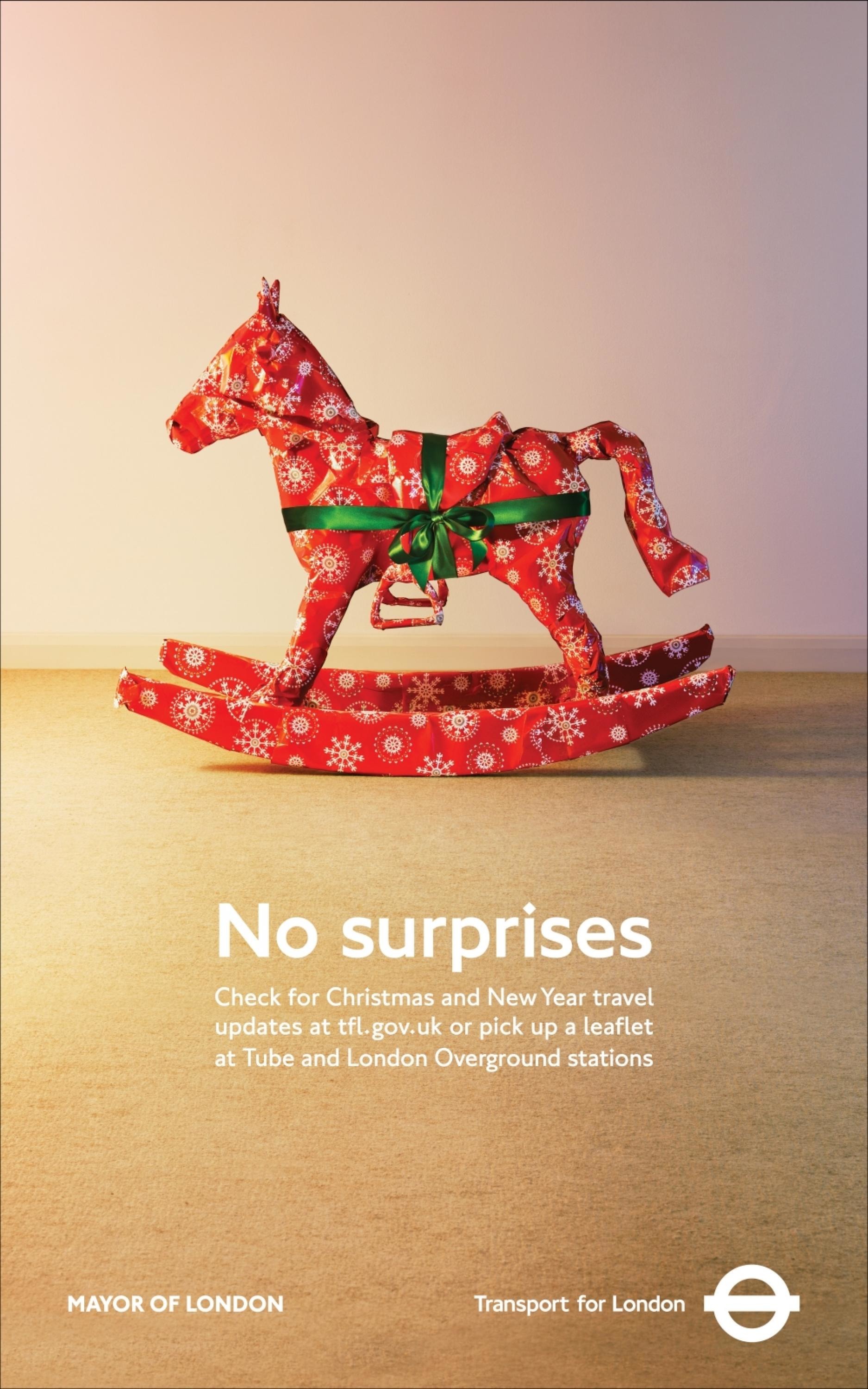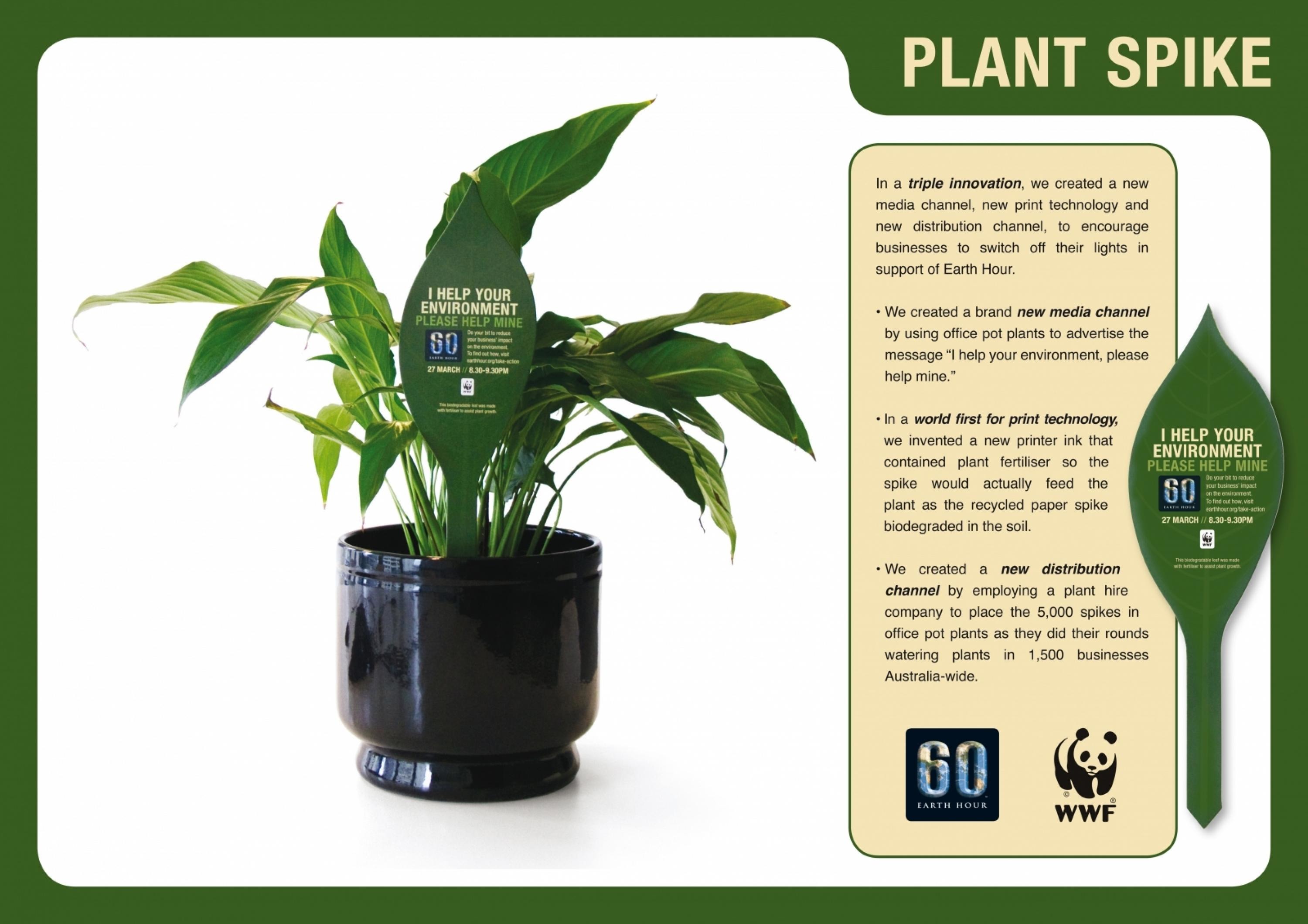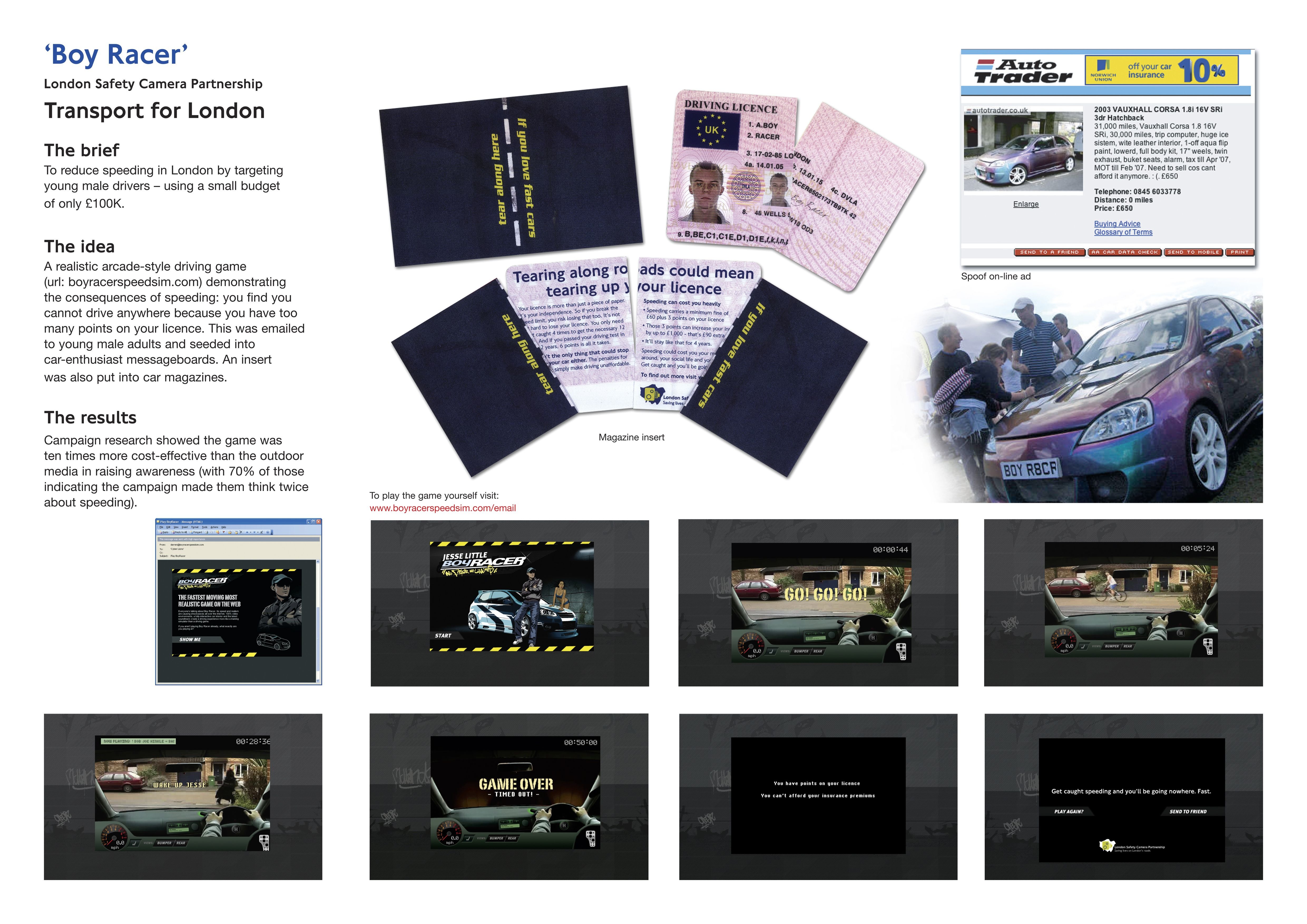Cannes Lions
Transport for London — London Overground naming
DNCO, London / TRANSPORT FOR LONDON / 2024


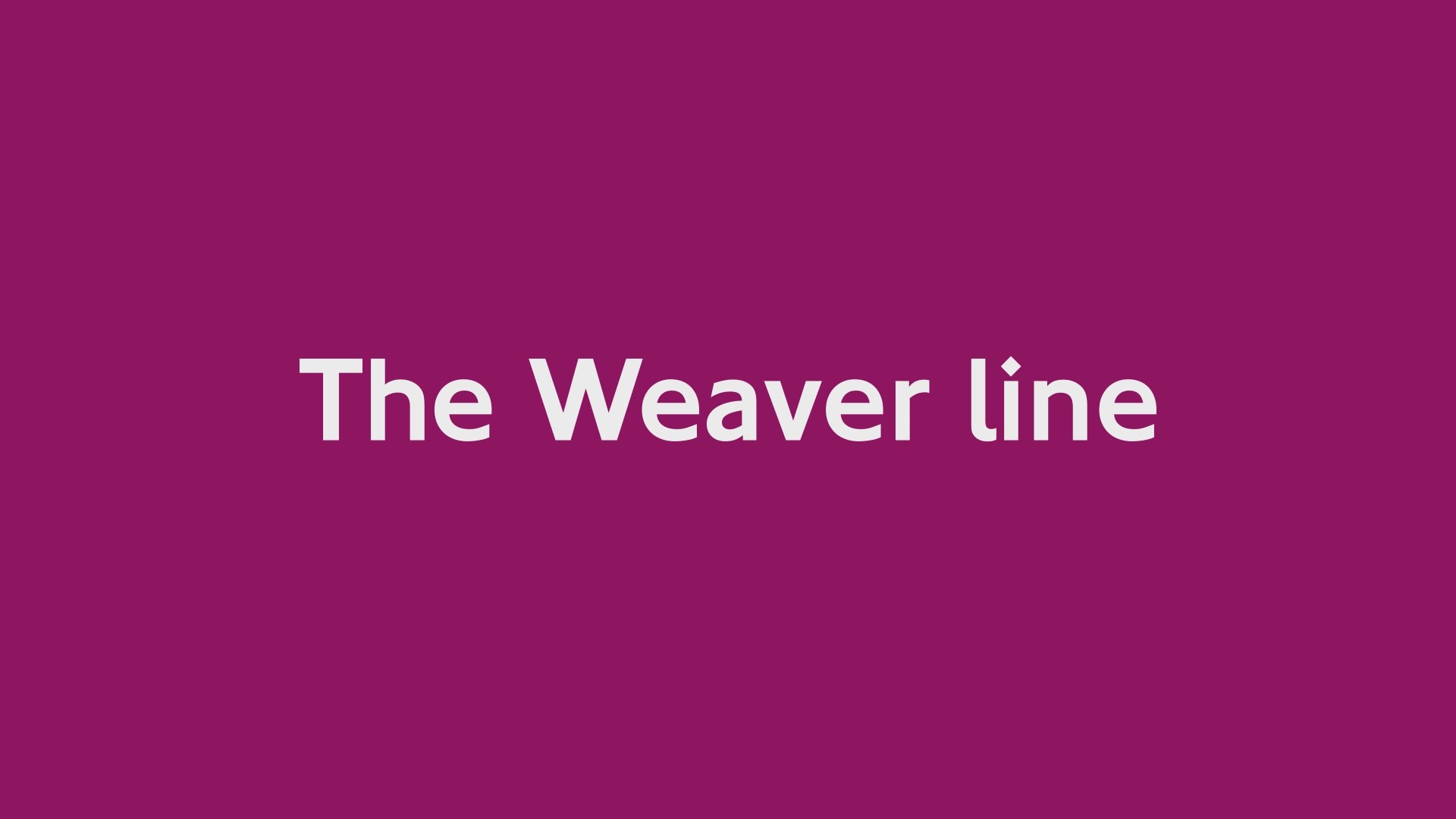
Overview
Entries
Credits
OVERVIEW
Background
Spanning 100 miles of railway, 113 stations and 700,00 daily commuters, the London Overground is a vital transport network. But it’s also complicated — with each of its six lines indistinguishable, leading staff to describe it as a tangle of ‘spaghetti’.
To increase usability and accessibility, the Mayor made naming each of the six lines a manifesto pledge. This unlocked another enormous opportunity: to redress the fact that despite London being one of the most diverse cities in the world, its public realm does not reflect it.
Challenge: how do we reach all of London and where do we find the names?
Objectives: develop names that celebrate London, and ultimately gain public adoption and support
Transport for London (TfL) approached us to lead a citywide co-creation naming project.
Idea
Our six names are proud celebrations of London’s super diversity:
— Lioness line: honours the legacy and achievement of the England women’s football team, which continues to inspire the next generation of women and girls in sport
— Mildmay line: named after the work of this NHS hospital during the HIV/AIDS crisis, and the important place it holds in LGBTQ+ history
— Windrush line: recognises the contributions of the Windrush generation, which continues to shape and enrich London’s culture and identity today
— Weaver line: celebrates an area of London known for its textile trade, shaped over the centuries by diverse migrant communities
— Suffragette line: honours the fight for women’s right to vote, and pays homage to the working class movement of the East End
— Liberty line: is a celebration of the freedom of movement the Overground provides, and references the historical independence of the people of Havering
Strategy
We embarked on an epic five month long research project of scale and depth:
— Riding all 100 miles of the railway, understanding each line's personality
— Speaking to hundreds of customers on the Overground network
— Interviewed experts: from historians of black, queer and radical history to train-spotters
— Visiting local and national archives
— Hosting workshops with London’s wordsmiths
— Engaging with on-the-ground staff
This research culminated in hundreds of stories, naming ideas and a vital framework that helps answer: what does a good name look like? The naming criteria was essential to guide the decision making process with big stakeholder groups, ensuring they go beyond subjectivity.
The message was clear: Londoners wanted narratives that are specific to movements and moments, and reflective of everyday people. In this historic moment, this is a chance to celebrate and capture what London is proud of.
Outcome
The Overground went from an anonymous tangle of orange to six distinct lines with individual names and colours. They will not only help Londoners find their way, but also tell a powerful story: how we got here, and why it’s worth celebrating.
Results included:
— Extensive coverage on major news outlets from the New Zealand Herald to the New York Times
— On day 1: the BBC received 1.4 million clicks making it the top news story that day, and TfL recorded 978, 897 social media positive mentions: a 96% increase on the previous period
— Public support from the Windrush Foundation and the Mildmay Mission Hospital including this statement for Geoff Coleman, Chief Executive Officer of the Hospital:
"More than just tracks and stations, the Mildmay line symbolises a journey of acceptance, love, and belonging — a vibrant thread connecting our collective past, present, and future."
Similar Campaigns
12 items

